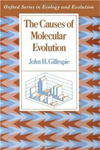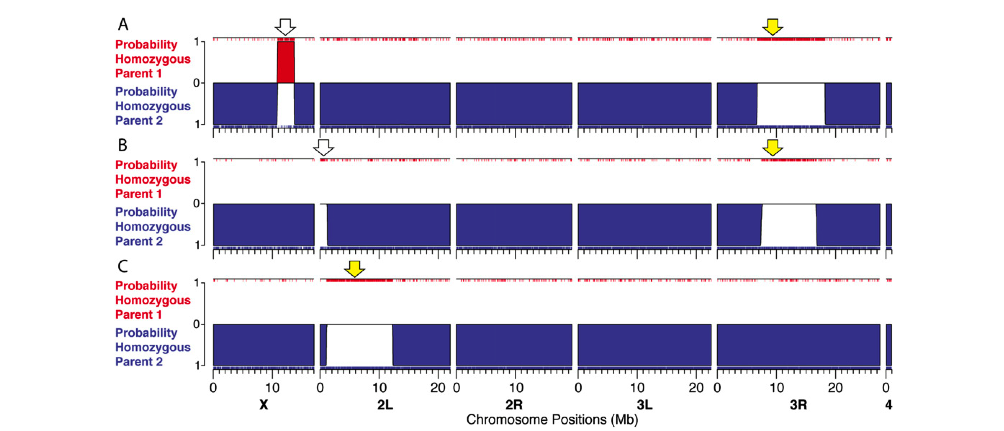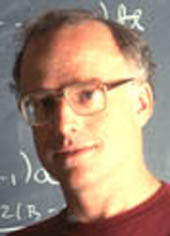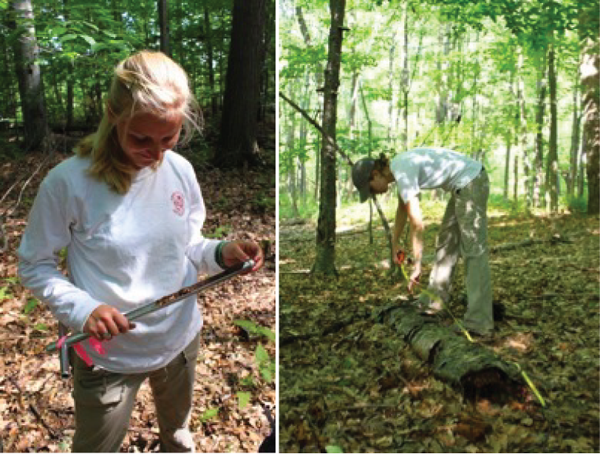We are reading Kato et al. PLoS Genetics paper ‘Environmental Sex Determination in the Branchiopod crustacean Daphnia magna: Deep Conservation of a Doublesex Gene in the Sex-Determining Pathway’ for 4/26 journal club.
Gillespie Reading Group – First Meeting
EEB Seminar: Lock Rowe on Sexual Conflict in Water Striders
Lock Rowe from the University of Toronto is here this Friday to discuss “Sexual conflict in water striders: patterns and process.” To learn more about Professor Rowe’s work you can check out his lab’s web page, which is up to date with links to all kinds of interesting publications.
Causes of Molecular Evolution Reading Group
 Members of the Presgraves and Orr labs are going to work through Gillespie’s “Causes of Molecular Evolution.” We plan to cover a manageable chunk each week. Send Rob Unckless a message if you are interested in participating. Used copies of the book in good condition are at Amazon and Abebooks for $50-80.
Members of the Presgraves and Orr labs are going to work through Gillespie’s “Causes of Molecular Evolution.” We plan to cover a manageable chunk each week. Send Rob Unckless a message if you are interested in participating. Used copies of the book in good condition are at Amazon and Abebooks for $50-80.
Journal Club 4/19
We are reading Boughman’s 2001 Nature paper on “Divergent sexual selection enhances reproductive isolation in sticklebacks” for 4/19 journal Club [doi link].
Plant Ecology and Evolutionary Biology Reading Group
Thursday 4pm, Hutch 316
We have a couple of special presentations this week. Annalise Kjolhede (left) and Julia Cosgrove (right) will present overviews of their undergraduate honors theses.
Annalise will be presenting her work on the soils and geology of Monroe County entitled “The Influence of Landforms and Soils on the Vegetation of Monroe County, New York.”
Julia will be presenting her work on forest structure and coarse woody debris entitled “Stand Structure and Down Woody Debris in Beech-Maple Old-Growth Forests of the Rochester Area.”
Discussion on RADs
 Next week, the Glor lab with special guest Dan McNabney will discuss a recent paper from the Andolfatto lab using a modified RAD sequencing protocol for genetic mapping. This method and techniques similar to it are becoming increasingly popular in population genomic and phylogenetic studies across a variety of taxa. The paper and method may be of interest to a number of labs here and all are welcome. We’ll meet in the Glor lab on Tuesday (4/19) at 2 pm, discussion of the paper will start around 2:30.
Next week, the Glor lab with special guest Dan McNabney will discuss a recent paper from the Andolfatto lab using a modified RAD sequencing protocol for genetic mapping. This method and techniques similar to it are becoming increasingly popular in population genomic and phylogenetic studies across a variety of taxa. The paper and method may be of interest to a number of labs here and all are welcome. We’ll meet in the Glor lab on Tuesday (4/19) at 2 pm, discussion of the paper will start around 2:30.
EEB Seminar: Brian Golding on Bacterial Evolution
Brian Golding from McMaster University is in town tomorrow for a seminar titled “Lateral gene transfer and variable rates of evolution in bacterial genome evolution.” Happy hour with Naked Dove beer will follow Dr. Golding’s presentation.
Beer and Hockey Tonight (Thursday)

Expect to see plenty of this later tonight, as the high flying Sabres look to light up a porous Flyers defense.
We’re meeting for beers at Dicky’s tonight at around 8PM. We’ll be watching the first game of the hockey play-off series between the Buffalo Sabres and the Philadelphia Flyers. Anthony is a Flyers fan, so we’re going to beat him up after the game if the Sabres lose.
Plant Ecology and Evolution Reading Group
Thursday, 4pm Hutch 316
This week we will be talking about the effects of land-use history and the environment on plant distributions. For example, eastern forests were largely cut to make way for agriculture throughout the 18th and 19th centuries. With the abandonment of eastern agricultural lands in the 20th century, forests have been regenerating and expanding from forest remnants on land deemed poor for agriculture. More recently, however, urban sprawl and renewed timber cutting has mostly halted the spread of eastern forests.
Flinn, K.M., M. Vellend, and P.L. Marks. 2005. Environmental causes and consequences of forest clearance and agricultural abandonment in central New York, USA. Journal of Biogeography 32:439-452. [doi link]
Drummond, M.A., and T.R. Loveland. 2010. Land-use pressure and a transition to forest-cover loss in the eastern United States. BioScience 60:286-298. [doi link]
a) UR Woodlands 1930
b) UR Woodlands 1961
c) UR Woodlands 1988
d) UR Woodlands 2005






